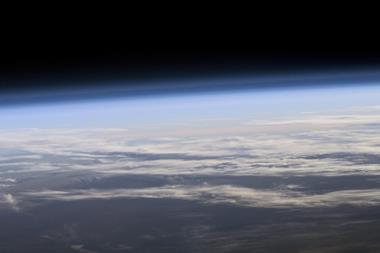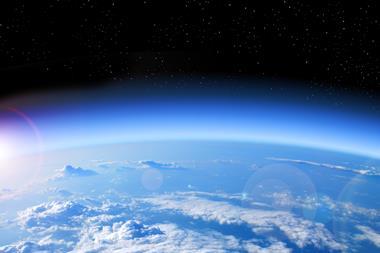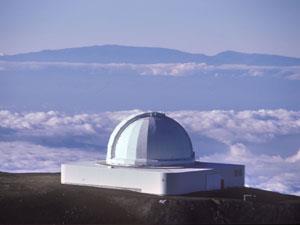The eruption of the world’s largest active volcano earlier this week, Mauna Loa on Hawaii’s Big Island, has disrupted monitoring of global carbon dioxide levels. The Mauna Loa observatory has tracked rising levels of carbon dioxide in the Earth’s atmosphere for more than six decades without interruption.
The observatory’s manager, the Scripps Institution of Oceanography at University of California San Diego, reported that the equipment that has maintained the famed Keeling Curve record of atmospheric carbon dioxide, created in 1958, lost power on Monday.
Researchers at Scripps are exploring options for relocating this equipment. The Keeling Curve is considered emblematic of scientific evidence that human activities are altering Earth’s climate.
Ralph Keeling, a geochemist and climate scientist at Scripps Oceanography and the son of Keeling Curve creator Charles David Keeling, described the outlook for the future of carbon dioxide readings from the station as ‘very troubling’. ‘It’s a big eruption and it’s in a bad place.’
Charles David Keeling determined Mauna Loa to be an ideal location to measure carbon dioxide. This was because Big Island is far from other major land masses and the mountaintop has no vegetation, meaning that there would be no photosynthetic activity that could interfere with measurements.

















1 Reader's comment